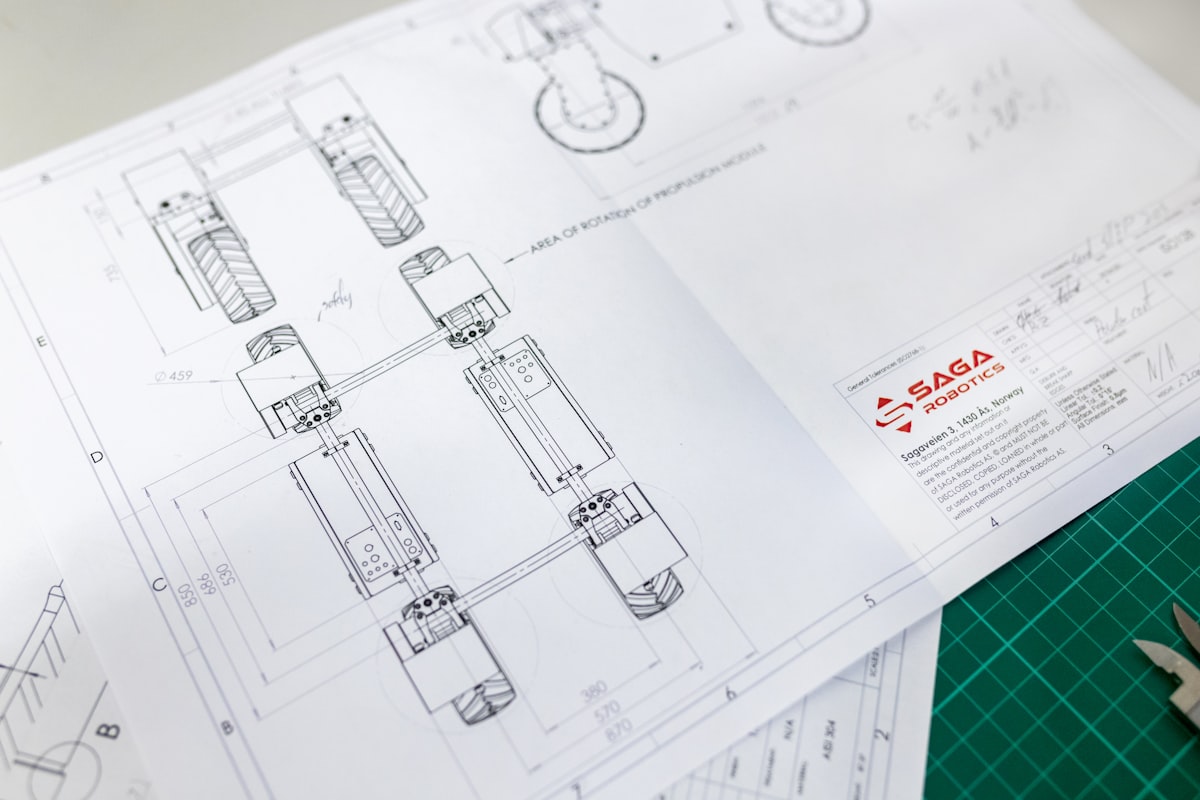Dos and Don'ts for a Product Engineering team
The little brother of the Engineering Principles are the Dos and Don'ts. It's just a list of rules to evolve your team's mindset

No Product Engineering team is perfect but every one feels the need to improve. That improvement is usually done under some kind of guidelines. There are a lot of posts about Engineering Principles. I personally like and get inspired by the ones at Monzo or Medium. Engineering Principles are necessary but usually they are generic and static.
The little brother of the Engineering Principles are the Dos and Don'ts. It's just a list of specific rules. They address specific problems that a smaller team has at a certain time. Dos and Don'ts need to be reminded constantly until they become part of the team's mindset. They can and will change over time. Write them down somewhere, create a Slack bot to remind them automatically or create a poster and place it where everyone can see it. You can even portray them on blog post, like I'm doing here. The following Dos and Don'ts are specific for my current team. Yours can and should be different. This tool may or may not work for your team depending on your context. There is no silver bullet and it is sad that I have to make this disclaimer.
Ask "why" more than once and be ready to be asked "why" more than once
When doing a presentation to expose a new product initiative or technical strategy, be ready to be asked "why" as much as five times. Do your research beforehand and go as deep as necessary to have the answers but keep being pragmatic.
Ask for data and be ready to be asked for data
In the world of Product Engineering, supporting your arguments with data is mandatory. Don't just say "we need to build that feature". Along with the whys, gather and expose the data to create compelling arguments. If there is no data, you will lose your credibility and respect as a Software Engineer, Product Manager or Product Designer. Every member of a Product Engineering team has the obligation to create a data-driven culture.
Do your research. Investigate more than one possible solution
Working in a Product Engineering team requires creativity as well as process. The obvious solution is usually not the best one. Research multiple solutions without judging, do timeboxed spikes, gather data, create diagrams, write pros and cons, make a list of your biases and have a decision day.
Do pair programming
Try to pair program the hell out of everything. It has so many benefits that is hard to find compelling arguments agains it. Use the technique that works best for your situation. Nice if you do Ping-Pong-TDD. Driver-Navigator is also fine.
Disclaimer. Pair programming has challenges, specifically mental fatigue. Use it in a way that benefits you the most. It is not mandatory to use it all the time.
Keep your PR’s small and easy to review
Keep your PRs as small as possible and your code as easy to understand as possible. As with anything else, evaluate and try to improve your code reviews from time to time.
Keep staging always clean
Multiple teams ship their code to staging, and as fast as possible to production, multiple times a day. At any time anything that's on master can go to production. Keep this in mind when merging a pull request. This is not a problem so don't try to create extra environments to test your code. Some Software Engineering teams out there drop staging environments completely. Try to think of problems beforehand and merge code that just works. If you're not sure, put it under a feature flag.
Make sure the code you ship works in production
Ideally, you would have automated end-to-end testing in production. Until it becomes a reality, manual test that you didn't break anything when your code hits production. Keep in mind that as complexity increases, manual testing in production becomes harder and harder. So you better start automating soon.
Measure the code you ship
"Done" means a feature can be measured from a business, product and engineering point of view. This is the only way to assess that what you build has value. For engineering you start with the four golden signals and iterate. For business you can start with some of these key metrics and iterate. For product you need to find the metrics that matter but you can start with some basic behavioural analytics and iterate.
Don’t overcomplicate. Ship simple code
Simplicity is the most underrated characteristic of software design. Keep it as simple as possible and don't let entropy become a problem. Your future self will be grateful.
Don’t expect somebody to answer you right away on Slack. Nothing is urgent. Ever
Yeah. Also, don't apologize for not answering right away.
Don’t schedule meetings for everything, sometimes a Slack message is enough
Some even think meetings are toxic and online meetings are even worse. I'm not that radical. But if a meeting is really needed, make sure it is well planned: it has a purpose, documentation to get prepared, an agenda and an output.
These rules are supposed to shape the team towards a healthier product mindset and culture. They are part of the utopia and they will never be respected 100% of the time. Our environment is complex and unpredictable and we are better that blindly following a list of rules. Be wise.